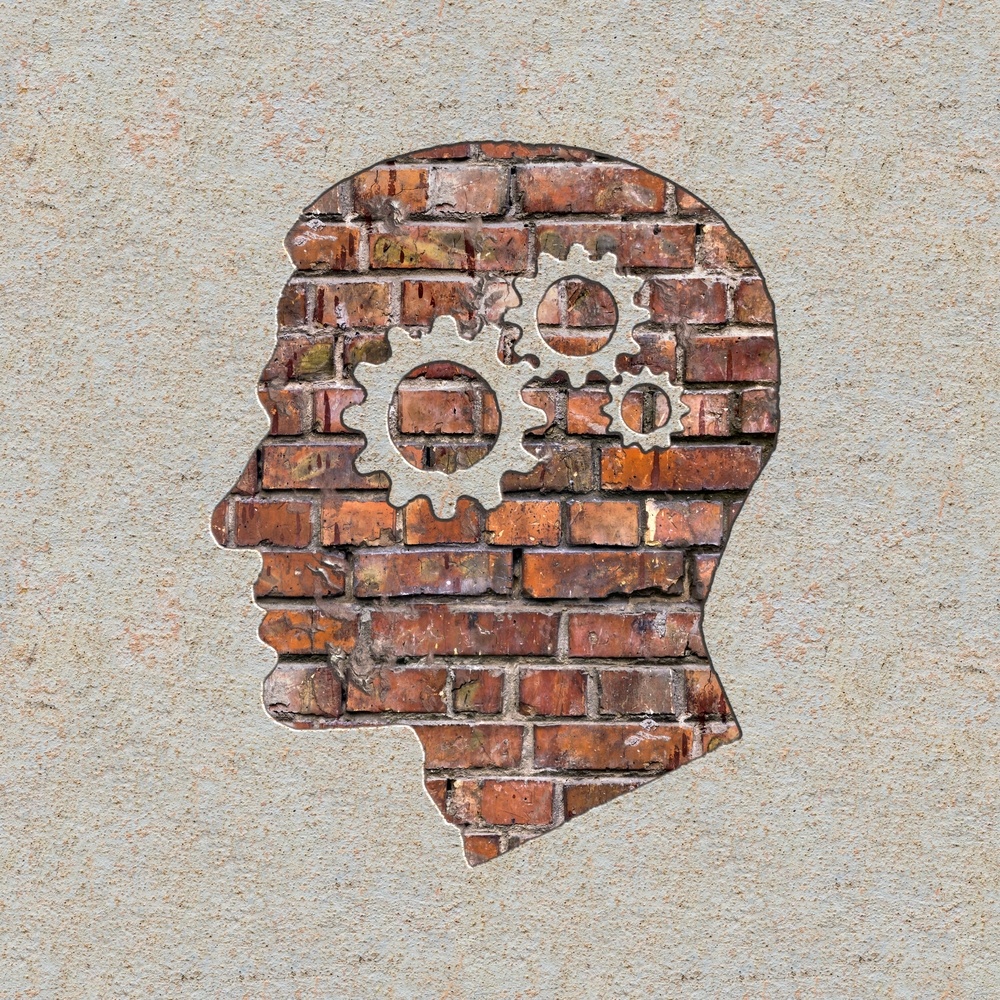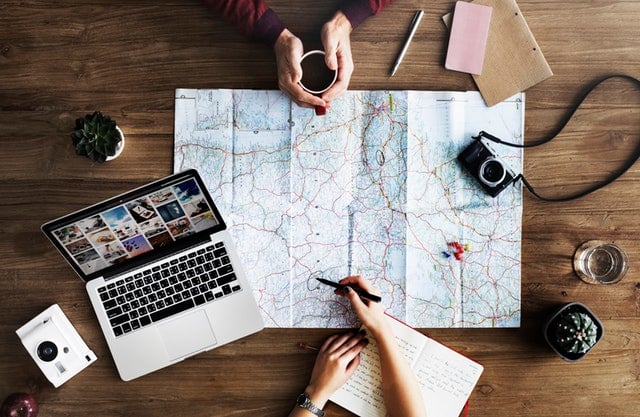7 Psychological Pricing Strategies
 PriceBeam
·
2 minute read
PriceBeam
·
2 minute read
 Implementing psychological pricing strategies can help companies in many different ways. Utilizing and crafting the perfect psychological pricing strategy is essential to convert browsers into buyers. Businesses need to take into account how target customers react to different products and sales. Once this is known, firms are ready to determine a psychological pricing strategy that is best for them. Psychological pricing is useful because it allows businesses to attract customers when they are finalizing their purchasing decisions. Here are seven different psychological pricing strategies that businesses can use:
Implementing psychological pricing strategies can help companies in many different ways. Utilizing and crafting the perfect psychological pricing strategy is essential to convert browsers into buyers. Businesses need to take into account how target customers react to different products and sales. Once this is known, firms are ready to determine a psychological pricing strategy that is best for them. Psychological pricing is useful because it allows businesses to attract customers when they are finalizing their purchasing decisions. Here are seven different psychological pricing strategies that businesses can use:
Charm Pricing
The number nine is a number that plays a large role in charm pricing strategies. For example, pricing a product at £49.99 instead of £50 tricks customers into thinking that that price point is closer to £40 rather than £50. Businesses and companies alike use this strategy all the time because it is that effective.
Prestige Pricing
Prestige pricing is the pricing strategy that enables businesses to price higher. Products that are priced higher tend to perceived as more luxurious or of better quality. The use of this pricing strategy relies on emotions more than rational reasons. For example, if a product is priced at £300, thus being a rounded price, customers tend to rely on their emotions more in this situation. Adding to that, a product that is priced higher will tend to be valued higher as well. Because that product is perceived to have more value than others, it will attract more attention from potential customers.
Bundle Pricing
Customers might have a tough time deciding on a product to buy, particularly if it is a larger purchase. By bundling a product with another product, customers will be more confident in purchasing that product if it is paired up with another. Experts say that bundle pricing works best when products allow for emotional responses in buyers. Adding to that, that emotional response allows for a higher likelihood of that bundle being sold. Combining an emotional product with a practical product in a bundle will definitely increase the likelihood that it is sold. The combination of emotions and practicality will make bundle pricing a very effective pricing strategy.
Odd Pricing
While using charm pricing, i.e. pricing products at £9.99, is an effective psychological pricing strategy, charging £9.77, an example of odd pricing, for the same product can be just as effective. The reason this pricing technique is so effective is that customers look at those price points and feel as though those prices have been calculated thoroughly and completely. Customers thus feel that the price is fully researched and resembles a price that is much closer to the actual cost of the product.
Price Anchoring
Price anchoring involves observing the mood of the customer based on the first price they were offered for a certain product. If a customer doesn't feel particularly happy about a certain price, then they will be offered products that will push them into accepting the first or next offer automatically. This technique focuses on the fact that the first choice being cheaper, thus convincing customers to purchase the first product they were offered.
Simplistic Pricing
Simplistic pricing may not appear to be a psychological pricing strategy because it relies on simplicity, but it can prove to be very effective for businesses. Some studies have claimed that price points that are easier to pronounce and have fewer syllables are more likely to be accepted than those with more syllables. Customers will perceive prices that have more syllables as being more expensive also.
Offer a Freebie
This is another strategy that is simple and straightforward. By offering a freebie, customers are more enticed by the product that is offered and are more likely to come back and buy again. However, the free item needs to be carefully selected as customers may not feel attracted to it, especially if it is not related to the product that was bought. By picking the wrong item as a freebie, this could have a damaging effect on the brand and the consumer may choose to shop elsewhere next time. A freebie doesn't necessarily have to be a free item, but businesses can also use things like buy one get one free, buy one get one half price, or 50% off on their next purchase.
.png?width=400&height=100&name=PBLogoTransparent%20(1).png)



